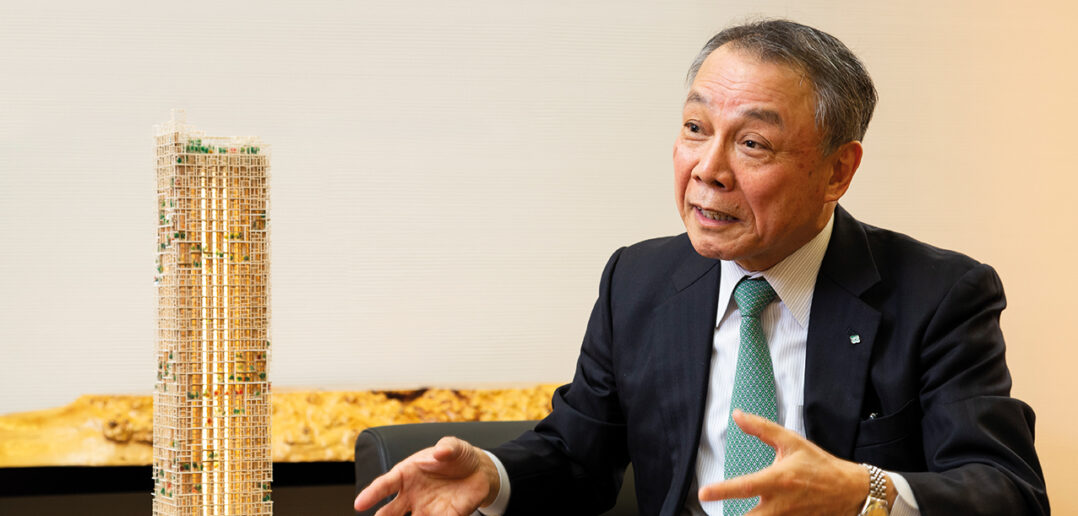One of the boldest projects planned for Tokyo is a 350-metre tall building with a structure that will be 90% wooden, which the developer, Sumitomo Forestry, hopes will become the norm for high-rise construction.
The project, which is called W350 and features at MIPIM this year, will involve the same quantity of timber that Sumitomo Forestry used in the construction of 8,000 new detached homes throughout Japan last year. According to Hideki Nose, an advisor at Sumitomo Forestry, W350 is part of the company’s attempt to “change cities into forests”. As its name implies, the company’s origins are in forest management but over several decades it has been difficult to make profits in the face of competition from cheaper timber imports.
In fact, the Sumitomo group of companies started out as a copper mining endeavour on Shikoku island in 1691. With timber needed for reinforcing tunnels and refining copper as fuel, the group cultivated forests. Today, Sumitomo Forestry still owns forests all over Japan but there is an over-supply of timber. The company is consequently trying to devise ways of utilising this resource for profit while promoting sustainability.
According to the company, tall wooden structures are more environmentally friendly than conventional high-rise building materials, and a modular design will make them easier to maintain over time. The W350 project is the most ambitious part of this initiative, which involves Sumitomo Forestry collaborating on the technical side with the Tsukuba Research Institute and on the design side with the architectural firm Nikken Sekkei.
“Other countries are already working on wooden high-rises,” said Taisuke Nagashima, a team manager of the project at Tsukuba. “There is an 81-metre-tall structure under construction in Norway. ” The main challenges in Japan are making the building resistant to fire, wind and, especially, earthquakes. Nose said that when he goes overseas to explain W350 he is always met with shock. “They always ask me, ‘Why are you building it in Tokyo? It’s so difficult. Build it here’. The point is, if we can build it in Tokyo, which has earthquakes and typhoons, we can build it anywhere.”
This article was first featured in the MIPIM News Issue 1; read it in full here…!



